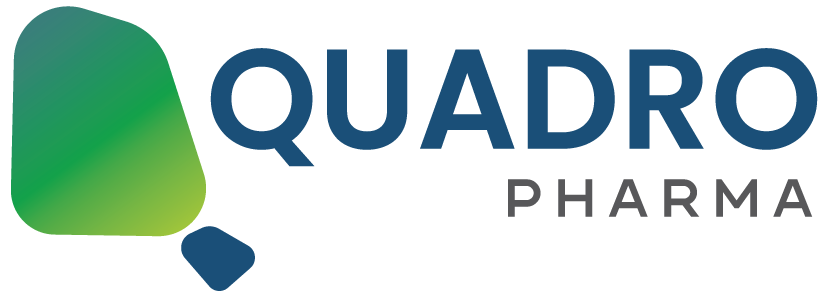Introduction
The global pharmaceutical market has seen substantial growth over the years, driven by advancements in medical science, demographic changes, and increased access to healthcare. Prescription drugs, excluding generics and orphan drugs, represent a significant portion of this market. This analysis provides an overview of the trends in prescription drug sales worldwide from 2012 to 2026, highlighting key factors influencing this growth and the implications for the healthcare industry.
Historical Sales Trends (2012-2020)
From 2012 to 2020, the global sales of prescription drugs, excluding generics and orphan drugs, showed consistent growth. In 2012, the sales were approximately $500 billion. By 2020, this figure had risen to around $800 billion, reflecting an average annual growth rate of about 6%.
Key Drivers of Growth:
- Innovation in Drug Development: The introduction of new and more effective drugs, particularly in the fields of oncology, immunology, and cardiovascular diseases, played a crucial role in driving sales.
- Aging Population: An aging global population increased the demand for medications for chronic and age-related conditions.
- Economic Growth in Emerging Markets: Economic development in countries such as China, India, and Brazil expanded access to healthcare and prescription medications.
- Healthcare Policy Changes: Reforms and policies aimed at improving healthcare access and coverage in various countries boosted the consumption of prescription drugs.
Recent Sales Trends (2021-2023)
The period from 2021 to 2023 continued to see strong growth in prescription drug sales, despite the global challenges posed by the COVID-19 pandemic. By 2023, sales had surpassed $900 billion. The pandemic itself spurred increased pharmaceutical spending, not only for COVID-19 treatments but also for a broader range of health issues that became more apparent during the crisis.
Key Factors:
- Pandemic Response: Increased spending on healthcare infrastructure and pharmaceutical products, including vaccines and treatments, contributed to higher sales.
- Chronic Disease Management: The focus on managing chronic diseases intensified, as delayed treatments during the pandemic highlighted the need for ongoing pharmaceutical interventions.
- Technological Advancements: Innovations such as telemedicine and digital health solutions improved access to prescription medications.
Projected Sales Trends (2024-2026)
Looking forward, global prescription drug sales, excluding generics and orphan drugs, are projected to continue growing, potentially reaching $1.2 trillion by 2026. This growth will be driven by several factors:
Key Drivers:
- Continued Innovation: The development of new therapies, particularly in the areas of personalized medicine and biotechnology, will drive sales growth.
- Expanding Access in Emerging Markets: As healthcare access continues to improve in emerging markets, the demand for prescription drugs is expected to rise significantly.
- Aging Population: The ongoing aging of the global population will increase the prevalence of chronic diseases, thereby driving the demand for medications.
- Regulatory Approvals: Streamlined regulatory processes and increased approval rates for new drugs will facilitate faster market entry for innovative therapies.
Potential Challenges:
- Pricing Pressures: Increasing scrutiny on drug pricing and efforts to control healthcare costs may impact revenue growth.
- Patent Expirations: The expiration of patents for some blockbuster drugs could lead to revenue losses unless offset by new product launches.
- Global Economic Conditions: Economic instability and healthcare budget constraints in certain regions could affect pharmaceutical spending.
Implications for the Healthcare Industry
The projected growth in prescription drug sales, excluding generics and orphan drugs, has significant implications for the healthcare industry:
- Investment in R&D: Pharmaceutical companies are likely to continue investing heavily in R&D to develop innovative therapies and maintain a competitive edge.
- Strategic Collaborations: Collaborations and partnerships between pharmaceutical companies, biotech firms, and academic institutions will be crucial for driving innovation and market growth.
- Market Expansion Strategies: Companies will focus on expanding their presence in emerging markets through localized strategies and partnerships to tap into the growing demand.
- Regulatory Engagement: Engaging with regulatory bodies to navigate the complex approval processes and ensure compliance will be essential for market success.
- Patient-Centric Approaches: There will be a growing emphasis on patient-centric approaches, including personalized medicine and value-based care models, to improve health outcomes and drive market growth.
Conclusion
The global sales of prescription drugs, excluding generics and orphan drugs, are set to experience robust growth from 2012 to 2026. This growth is driven by innovation, demographic changes, and expanding access to healthcare. While challenges such as pricing pressures and patent expirations exist, the overall outlook remains positive. The pharmaceutical industry’s continued investment in R&D, strategic collaborations, and patient-centric approaches will be key to capitalizing on these growth opportunities and addressing the evolving healthcare needs worldwide.



